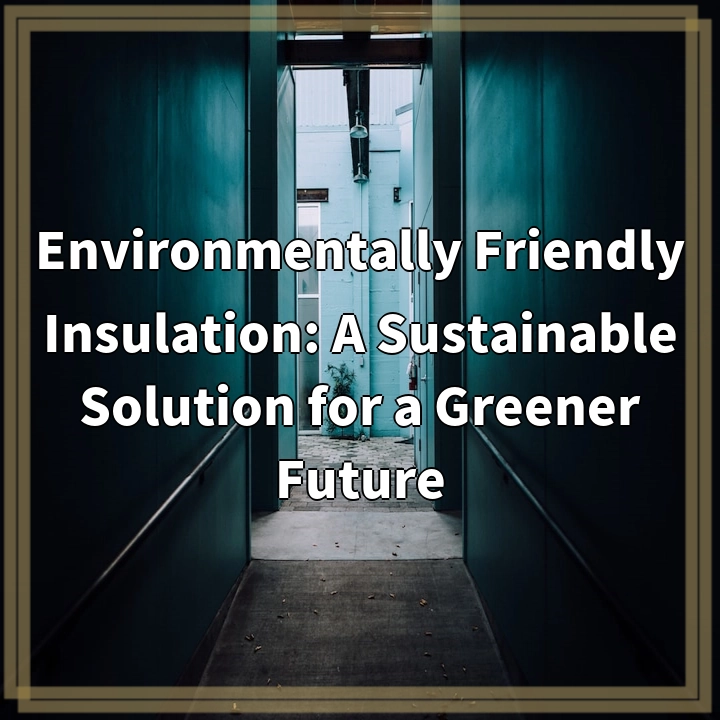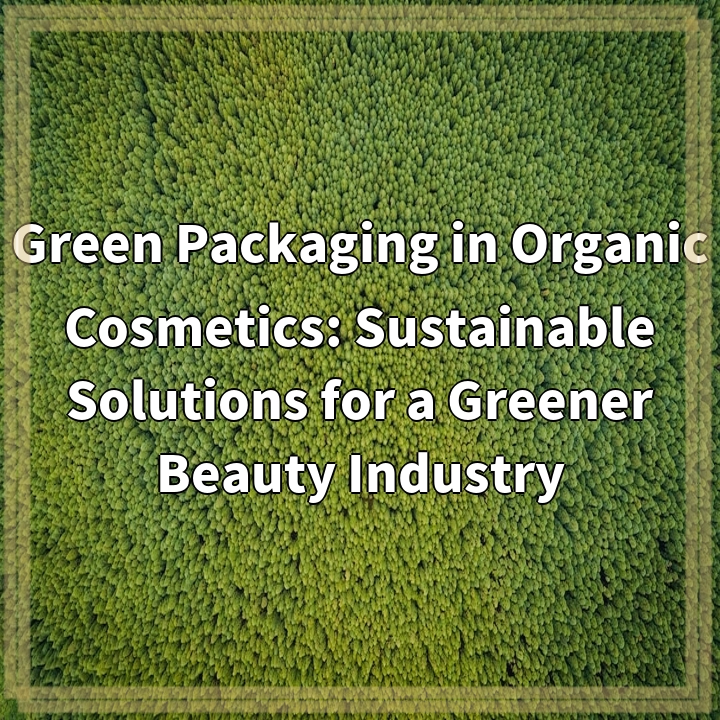
What is Environmentally Friendly Insulation?
Environmentally friendly insulation refers to insulation materials and products that have been specifically designed to minimize negative impacts on the environment. These insulation solutions are created using sustainable materials, manufacturing processes, and installation methods. The goal is to provide effective insulation for buildings while reducing energy consumption and lowering carbon emissions.
Real-World Problems Associated with Environmentally Friendly Insulation
Despite the numerous benefits of environmentally friendly insulation, there are some challenges and considerations that need to be addressed:
1. Cost
One of the main concerns with environmentally friendly insulation is the initial cost. These insulation materials may be more expensive upfront compared to conventional options. However, it is important to consider the long-term savings in energy costs and the environmental benefits that can offset this initial investment.
2. Performance
Certain environmentally friendly insulation materials may have lower thermal resistance (R-value) compared to traditional options. It is crucial to ensure that the chosen insulation meets the necessary performance requirements for the specific building and climate conditions.
3. Availability
The availability of environmentally friendly insulation can vary depending on the region. Some sustainable insulation materials may not be easily accessible in certain areas, making it challenging for builders and homeowners to utilize them.
4. Installation Challenges
Certain types of environmentally friendly insulation require specialized installation techniques or additional precautions. It is crucial to ensure that the chosen material is installed correctly to maximize its energy-saving potential and avoid any potential issues such as moisture buildup or air leaks.
5. Durability and Longevity
The durability and longevity of environmentally friendly insulation materials can vary. Some natural or organic insulation options might be more susceptible to degradation or pest infestation. It is important to choose insulation materials that are durable and will have a long lifespan to minimize the need for replacements.
As the demand for sustainable and energy-efficient buildings continues to rise, researchers and manufacturers are actively working to address these challenges and improve the performance, accessibility, and cost-effectiveness of environmentally friendly insulation. By addressing these real-world problems, we can truly achieve a greener future through sustainable insulation solutions.

Solutions to Real-World Problems Associated with Environmentally Friendly Insulation
To address the challenges and problems associated with environmentally friendly insulation, the following solutions can be implemented:
1. Cost-effective options
Research and development efforts should focus on creating more cost-effective options for environmentally friendly insulation. This includes finding innovative ways to reduce production costs and exploring alternative materials that are more affordable without compromising on sustainability.
2. Enhanced performance
Continued research and technological advancements can improve the performance of environmentally friendly insulation materials. By optimizing their thermal resistance and ensuring they meet or exceed industry standards, these materials can effectively contribute to energy savings and reduce environmental impact.
3. Increased accessibility
Efforts should be made to increase the accessibility of environmentally friendly insulation materials in all regions. This can involve expanding distribution networks, encouraging local production, and promoting awareness among builders, contractors, and homeowners about the availability and benefits of sustainable insulation options.
4. Proper installation guidelines
Providing clear and comprehensive guidelines for the correct installation of environmentally friendly insulation is essential. This can help ensure that the insulation performs optimally, minimizes air leaks and moisture issues, and maximizes energy-saving potential. Training programs and certification courses can also be provided to educate professionals on proper installation techniques.
5. Enhanced durability and longevity
Researchers and manufacturers should focus on enhancing the durability and longevity of environmentally friendly insulation materials. This can involve developing protective coatings or treatments to resist degradation and pest infestation, as well as conducting extensive testing to ensure the materials can withstand various environmental conditions and maintain their performance over time.
By implementing these solutions, the industry can overcome the challenges and problems associated with environmentally friendly insulation, making it a more widespread and effective solution for a greener future.















